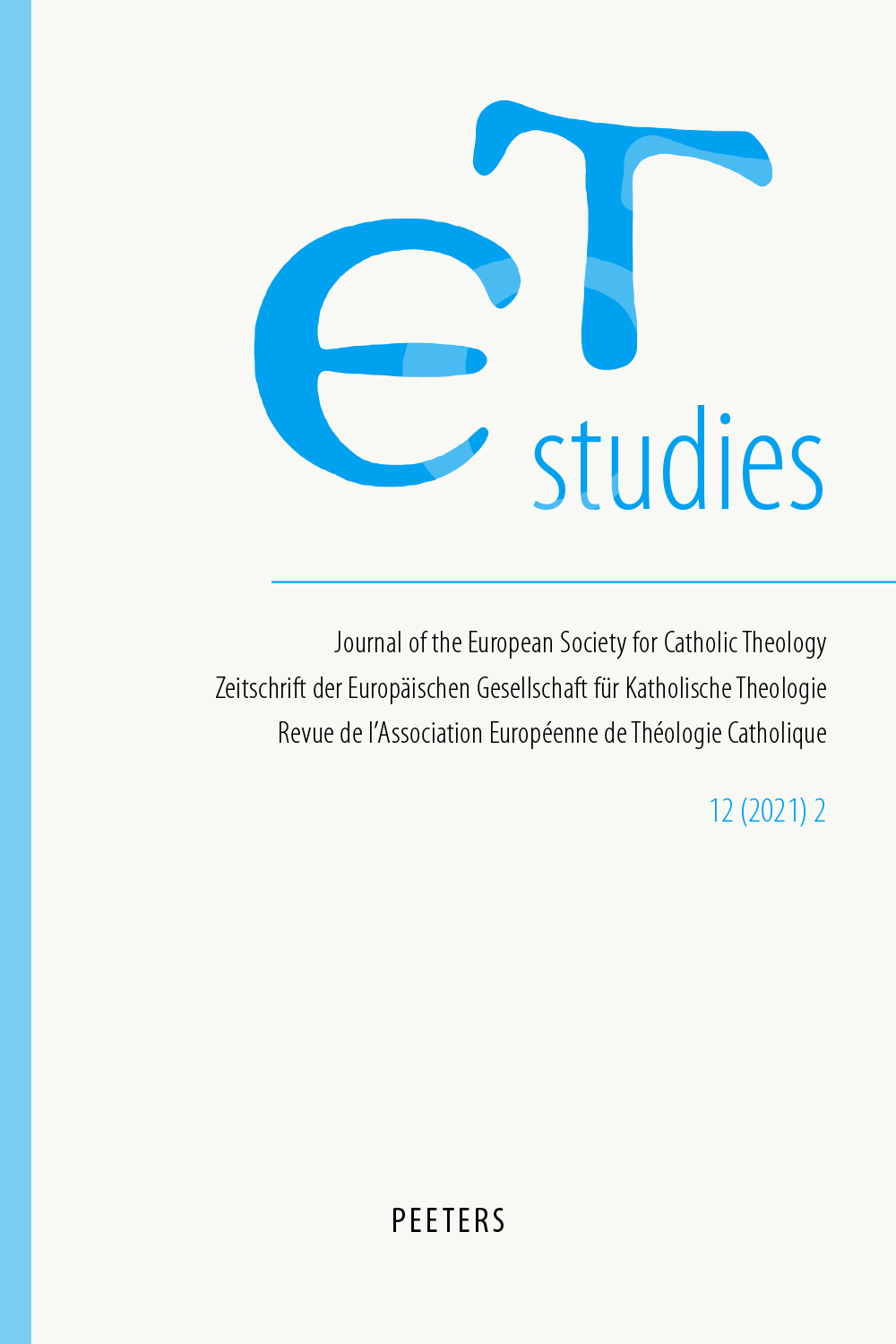 previous article in this issue previous article in this issue | next article in this issue  |

|
Document Details : Title: Historiographies modernistes et réforme de l'église Subtitle: Figures de l'espérance et de l'incarnation Author(s): LOSITO, Giacomo Journal: ET-Studies Volume: 10 Issue: 1 Date: 2019 Pages: 65-86 DOI: 10.2143/ETS.10.1.3286039 Abstract : Comme l’a montré Émile Poulat, le modernisme religieux du début du XXe siècle a été un phénomène complexe, touchant protestants et catholiques des nations industrialisées du monde euro-atlantique, où les sociétés furent soumises à la pression montante de la massification et où se développa une opinion publique pluraliste très articulée. Les modernistes déployèrent un programme de réformes ecclésiales, qui rencontra surtout en Italie un vaste écho, tant parmi les laïcs que parmi les ecclésiastiques. L’historiographie fut l’un des domaines investis par l’action réformatrice des modernistes. En suivant la leçon poulatienne, on étudie la différente portée réformatrice de l’historiographie jaillie aux marges de droite (Batiffol) et de gauche (Houtin et Turmel) et au coeur (Loisy et Buonaiuti) du modernisme, avant d’aborder les trois exemples majeurs de l’hagiographie critique moderniste (Sabatier, von Hügel et Bremond). As Émile Poulat has shown, religious Modernism at the beginning of the twentieth century was a complex phenomenon that involved Protestants and Catholics in the industrialized countries in North America and Europe, where mass societies developed and in which a strongly pluralistic public mentality was formed. The Modernists set out a programme of church reforms that resonated, above all, in Italy, among lay people as well as clergy and Religious. Historical writing was one of the areas in which the reformist thinking of the Modernists was influential. Following Poulat, we investigate the range of different reformists in historical writing from Battifol on the right of Modernism to Houtin and Turmel on the left, and Loisy and Buonaiuti in the centre. Then we shall deal with the three most important examples of critical Modernist hagiography: Sabatier, von Hügel and Bremond. Wie Émile Poulat gezeigt hat, war der religiöse Modernismus zu Beginn des 20. Jahrhunderts ein komplexes Phänomen, das Protestanten und Katholiken aus den nordamerikanisch-europäischen Industrienationen betraf, wo sich Massengesellschaften entwickelten, in denen sich eine stark ausgeprägte, pluralistische öffentliche Meinung bildete. Die Modernisten formulierten ein Programm kirchlicher Reformen, das vor allem in Italien auf große Resonanz sowohl bei Laien als auch bei Geistlichen stieß. Die Geschichtsschreibung war eines der Gebiete, in das das reformorientierte Denken der Modernisten einfloss. Poulat folgend untersuchen wir die unterschiedliche reformistische Reichweite in der Geschichtsschreibung, die am rechten (Batiffol) und linken (Houtin und Turmel) Rand und im Zentrum (Loisy und Buonaiuti) des Modernismus entstand, bevor wir uns mit den drei wichtigsten Beispielen der modernistisch-kritischen Hagiographie (Sabatier, von Hügel und Bremond) befassen. |
 |
